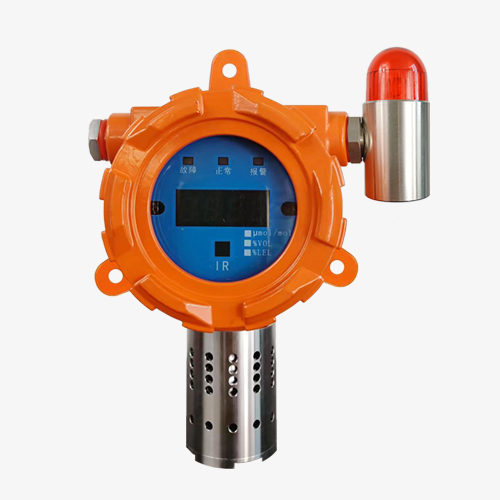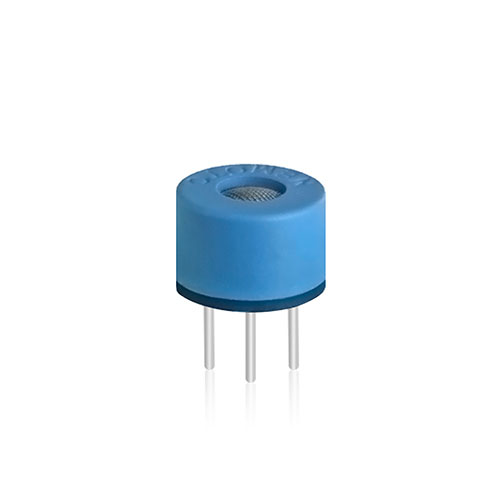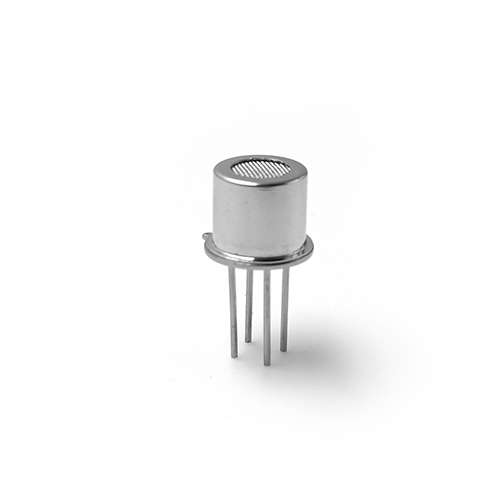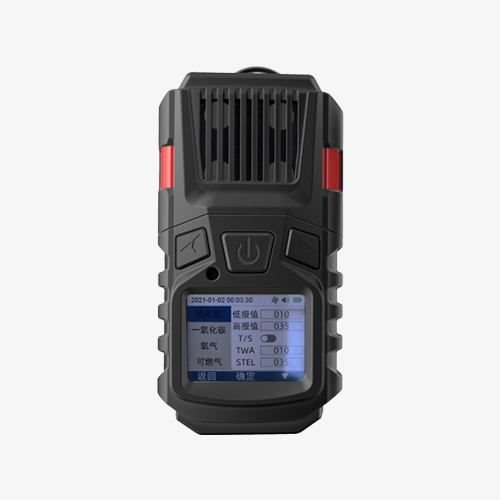Propane Gas Detector to monitor C3H8 concentration
Propane is an organic compound with the chemical formula C3H8, it belongs to category 2.1 flammable gases, can form explosive mixtures when mixed with air, and there is a danger of combustion and explosion when it meets with heat sources and open flames! Propane has the effect of simple asphyxiation and anaesthesia. If a person is briefly exposed to propane with a concentration of 1%, it will not cause any abnormal symptoms; if exposed to propane with a concentration of less than 10%, it will only cause mild dizziness; if exposed to propane with a high concentration, anaesthesia and loss of consciousness will occur; if exposed to propane with a very high concentration, it will lead to asphyxiation! Therefore, for safety reasons, Fosensor suggests installing a Propane Gas Detector to detect all aspects of propane gas in environments where propane gas is involved.
Propane Gas Detector
Industrial Gas Detector FS10201 is an instrument that can be used for 24-hour continuous on-line monitoring at a fixed point, also known as on-line propane gas detector, it can support the detection of single gas, 2-in-1, 3-in-1, 4-in-1, 5-in-1, 6-in-1 and other target gas detection, can be extended to temperature and humidity, PM2.5/10 dust particulate matter detection function. Propane detector can diffuse or pump suction sampling, default support 24VDC, built-in 2 groups of passive contact relay, when the detection of gas concentration or leakage reaches the preset alarm point, it will intelligently start and stop the related exhaust fan, blower and other linkage devices to automatically eliminate dangerous situations.
Propane gas detection principle
For the measurement of flammable gases, Propane Gas Detector firstly selects the Catalytic Combustion Sensor principle, its main advantage is very sensitive to the burning gas, its main working principle is that the gas-sensitive material in the state of energisation, flammable oxidation and combustion under the action of the catalyst, and the electric wire is warmed up due to the combustion, which makes the resistance value of the sensor change. change.
However, for high precision requirements, propane detectors can be recommended to use infrared sensors, or semiconductor sensor technology. Although heat transfer sensors are a mature technology, they are generally used to measure high concentrations of gases.
How to use the Propane Gas Detector?
Propane Gas Detector’s use, partners should pay attention to the instrument’s alarm value is not able to arbitrarily go to set, if the alarm value is set too high or too low, it is possible that the detector itself may not reach the accuracy, there may be zero drift may be false alarm. Therefore, the alarm value of the propane detector is set at 25% LEL for the low alarm value and 50% LEL for the high alarm value, which can be set with reference to the ‘Petrochemical Combustible Gases and Toxic Gases Detection and Alarm Design Standards’, and the alarm value of the first level of combustible gases should be set at a level less than or equal to 25% LEL, and the alarm value of the second level of combustible gases should be set at a level less than or equal to 50% LEL.
Propane Gas Detector Installation Instructions
- If the point-type Propane Gas Detector is generally used to detect the protective radius, it should be in line with the relevant provisions of the current national standard ‘Design Code for Petrochemical Combustible and Toxic Gas Detection and Alarm’. The protective radius of the gas detector should not be too large, otherwise the sensitivity of the detector may be reduced due to the irregularity of the diffusion of the leaking combustible gas.
- Usually the Propane Gas Detector should be set at the top of the protected space if the density of the detected gas is less than that of the air, and the Combustible Gas Detector should be set at the lower part of the protected space if the density of the detected gas is greater than that of the air, and the Combustible Gas Detector can be set at the middle or the top of the protected space if the density of the detected gas is comparable with that of the air.
- Propane Gas Detector can be installed and set up near the place where gas leakage may occur, the closer to the part where combustible gas leakage may occur, the higher the sensitivity of the detector.
- In addition, Propane Gas Detector is mainly used for detecting the leakage of combustible gases in large open spaces. In order to ensure the sensitivity of the detector, the length of the detected area should not be longer than 60m.









